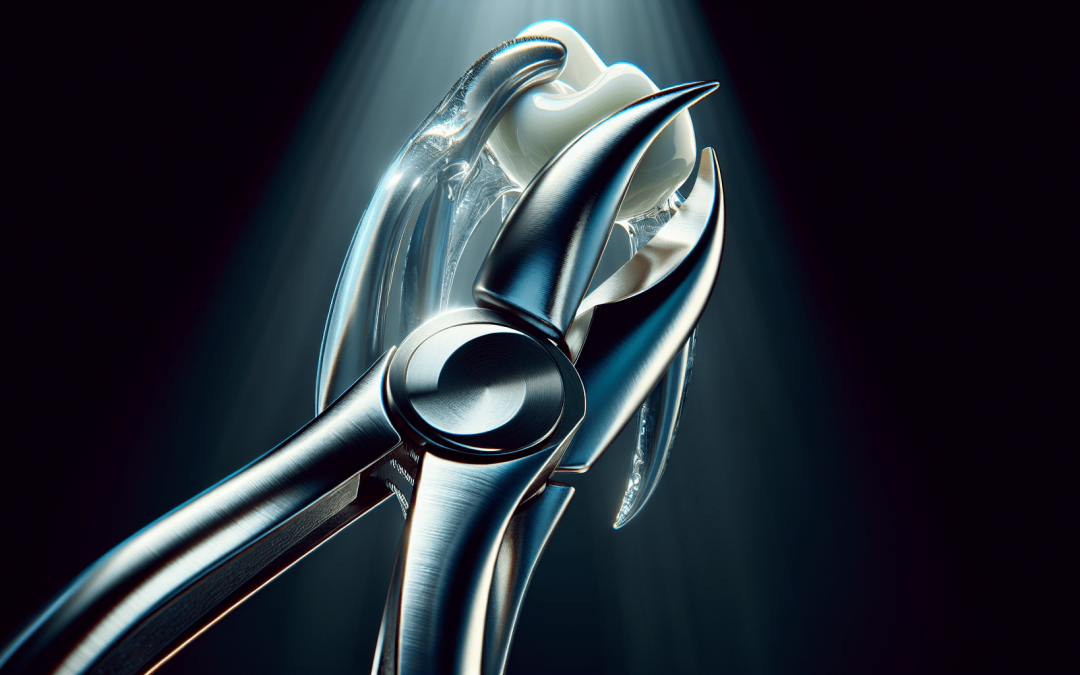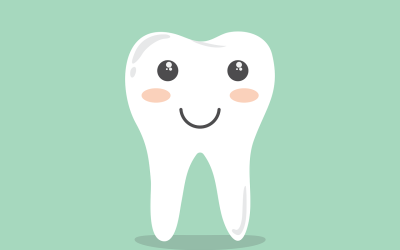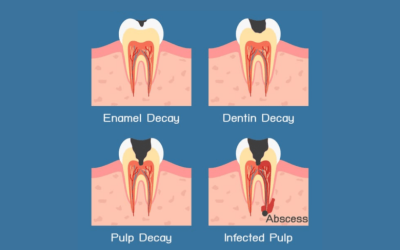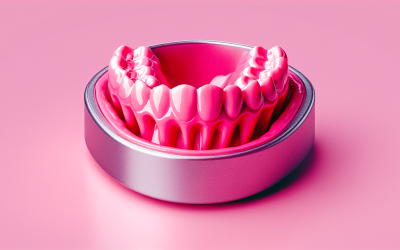Imagine this scenario: you’re going about your day, minding your own business, when suddenly, a sharp pain strikes your mouth. You quickly realize that one of your teeth is causing intense discomfort, leaving you desperate for relief. In times like these, emergency tooth extractions become an unexpected but crucial savior. This article explores the ins and outs of this dental necessity, shedding light on what it entails, when it’s necessary, and how it can alleviate your excruciating pain. So, sit back, relax, and let’s dive into the world of emergency tooth extractions.
What is an Emergency Tooth Extraction?
An emergency tooth extraction is a dental procedure that involves the removal of a tooth in urgent or critical situations. It is typically performed to alleviate severe pain, mitigate potential complications, or address issues that cannot be managed through other treatments. Unlike a scheduled tooth extraction, which can be planned in advance, an emergency tooth extraction is necessary when immediate action is needed to preserve oral health and prevent further damage.
Reasons for Emergency Tooth Extraction
Emergency tooth extractions can be required due to various reasons, including:
Severe tooth pain
One of the primary reasons for an emergency tooth extraction is severe tooth pain that cannot be managed with conservative dental treatments. This pain may arise from a deep cavity, an abscessed tooth, or advanced gum disease.
Swelling or inflammation around the tooth
If you notice swelling or inflammation around a tooth, it may indicate a dental emergency. This could be a sign of infection or an abscess that needs prompt attention and extraction.
Exposed or damaged nerve
When a tooth has a damaged or exposed nerve, it can cause excruciating pain and may require immediate extraction. This can occur due to trauma, injury, or severe decay.
Trauma or injury to the tooth
In cases of dental trauma or injury, such as a fracture, dislocation, or significant damage to the tooth structure, an emergency extraction may be necessary. These situations often require immediate intervention to prevent further complications.
Infection or abscess
An infection or abscess can lead to a dental emergency, requiring the extraction of the affected tooth. If not promptly addressed, the infection can spread to other parts of the mouth or even the body, posing a serious health risk.
Impacted wisdom tooth
Impacted wisdom teeth, which fail to erupt properly and become trapped beneath the gum line, often necessitate emergency extraction. These teeth can cause severe pain, infections, and even damage to surrounding teeth if left untreated.
Signs and Symptoms of an Emergency Tooth Extraction
Recognizing the signs and symptoms associated with an emergency tooth extraction can help you identify when prompt dental intervention is necessary. Common indicators include:
Severe tooth pain
Persistent, intense pain in or around a tooth is a key sign that an emergency tooth extraction may be required. This pain may worsen with biting, chewing, or applying pressure to the affected tooth.
Swelling or inflammation around the tooth
If you notice swelling, redness, or inflammation around a tooth, it is important to seek immediate dental care. These symptoms can indicate an underlying infection or abscess that may require extraction.
Exposed or damaged nerve
A tooth with a damaged or exposed nerve can cause sharp, shooting pain that is often unbearable. This pain may be spontaneous or triggered by certain stimuli, such as hot or cold beverages, sweet foods, or even air.
Trauma or injury to the tooth
If you experience trauma or injury to a tooth, such as a sports-related accident, fall, or physical altercation, it is crucial to seek emergency dental care. Immediate extraction may be necessary to prevent further complications or preserve surrounding teeth.
Infection or abscess
Signs of infection or abscess, such as facial swelling, fever, pus discharge, or a foul taste in the mouth, may indicate the need for an emergency tooth extraction. These symptoms can signify a serious dental infection that requires immediate attention.
Impacted wisdom tooth
Impacted wisdom teeth often result in throbbing or constant pain, swollen gums, jaw stiffness, or difficulty opening the mouth. If you experience these symptoms along with an impacted wisdom tooth, an emergency extraction may be necessary.
Preparing for an Emergency Tooth Extraction
When faced with the need for an emergency tooth extraction, it is important to take certain steps to ensure a smooth and successful procedure. Follow these guidelines to prepare yourself for the appointment:
Contacting a dentist or oral surgeon
The first and most crucial step is to contact a dentist or oral surgeon who can perform the emergency tooth extraction. Reach out to your regular dentist or search for local emergency dental services to schedule an immediate appointment.
Explaining the situation
When speaking with the dentist or oral surgeon, clearly explain your situation and the urgency of the extraction. Provide details about the pain, swelling, or any other symptoms you are experiencing to help them understand the severity of the situation.
Providing medical history and medications
Before the extraction, be prepared to provide your complete medical history and a list of any medications you are currently taking. This information will help the dental professional determine the most appropriate treatment approach and avoid any potential complications.
Taking necessary precautions before the appointment
If you are experiencing severe pain, you can take over-the-counter pain relievers as directed by your dentist or oral surgeon before the appointment. Avoid using aspirin, which can increase the risk of bleeding during the extraction.
Arranging for transportation
Since an emergency tooth extraction may involve the administration of anesthesia or sedation, it is important to arrange for transportation to and from the dental office. The effects of these medications can impair your ability to drive safely, so having someone accompany you is essential.
The Procedure of Emergency Tooth Extraction
Once you arrive at the dental office for your emergency tooth extraction, the following steps are typically involved in the procedure:
Administration of local anesthesia
To ensure your comfort during the extraction, the dentist or oral surgeon will administer local anesthesia to numb the area around the tooth. This will prevent you from feeling any pain during the procedure.
Different techniques for extraction
The specific technique used for the extraction will depend on the condition of the tooth and the complexity of the case. Simple extractions may involve using dental forceps to grasp and remove the tooth, while more complex cases may require surgical extraction.
Potential complications and risks
While tooth extractions are generally safe, there are potential complications and risks associated with the procedure. These may include bleeding, infection, damage to surrounding structures, or the need for additional treatments or surgeries.
Post-extraction care instructions
After the tooth extraction, the dentist or oral surgeon will provide you with detailed post-extraction care instructions. These instructions typically include information on managing pain, controlling bleeding, eating and drinking recommendations, oral hygiene practices, and when to schedule follow-up appointments.
Recovery and Aftercare
Proper recovery and aftercare following an emergency tooth extraction are essential for minimizing discomfort and promoting healing. Here are some tips to aid in your recovery:
Managing pain and swelling
You may experience some pain and swelling after the extraction. To manage these symptoms, your dentist or oral surgeon may recommend over-the-counter pain relievers and the application of an ice pack to the affected area. Avoid using aspirin, as it can increase the risk of bleeding.
Eating and drinking recommendations
During the initial recovery period, stick to soft foods and avoid hot or cold beverages. It is important to avoid using a straw, as this can dislodge the blood clot that forms in the extraction socket.
Oral hygiene practices
Continue to maintain good oral hygiene but be cautious around the extraction site. Avoid brushing the area for the first 24 hours but gently rinse your mouth with a warm saltwater solution after meals beginning on the day after the extraction.
Avoiding certain activities or habits
To promote proper healing, refrain from smoking, using tobacco products, or consuming alcohol for at least 24 hours after the extraction. These activities can delay the healing process and increase the risk of complications.
Follow-up appointments
Be sure to attend any scheduled follow-up appointments with your dentist or oral surgeon. These visits allow them to monitor your healing progress, remove sutures if necessary, and address any concerns or complications that may arise.
Alternatives to Emergency Tooth Extraction
While an emergency tooth extraction may be necessary in certain situations, there are alternatives to consider in specific cases. Depending on the condition of the tooth and the individual’s oral health needs, these alternatives may include:
Root canal treatment
If the tooth can be saved, a root canal may be recommended. This procedure involves removing the infected or damaged pulp from the tooth and filling it with a dental material, thereby preserving the natural tooth structure.
Dental crowns or bridges
When a tooth is severely damaged or lost, a dental crown or bridge can restore its function and appearance. These restorations are custom-made to fit over or replace the damaged tooth, providing long-lasting solutions for missing or compromised teeth.
Dental implants
For individuals missing a tooth or multiple teeth, dental implants offer a permanent and natural-looking solution. Implants are surgically placed in the jawbone, providing a stable foundation for a dental crown, bridge, or denture.
Orthodontic treatment
In cases where tooth misalignment or crowding is the underlying issue, orthodontic treatment can help avoid the need for extractions. Braces or clear aligners can gradually shift the teeth into proper alignment, reducing the risk of extraction.
Consultation with a dental specialist
In complex cases or situations involving multiple dental issues, it may be beneficial to consult with a dental specialist. Specialists such as endodontists, periodontists, or oral surgeons can provide expert opinions and recommend the most suitable treatment options.
Possible Complications of Emergency Tooth Extraction
While tooth extractions are generally safe, there are potential complications and risks involved. Some possible complications that may arise during or after an emergency tooth extraction include:
Dry socket
Dry socket, also known as alveolar osteitis, is a condition that occurs when the blood clot that forms in the extraction socket is dislodged or dissolves prematurely. This can delay healing and result in severe pain and increased risk of infection.
Infection
Although rare, infections can occur after an emergency tooth extraction. Signs of infection include increased pain, swelling, redness, or discharge from the extraction site. If you experience these symptoms, contact your dentist or oral surgeon for further evaluation and treatment.
Bleeding
Bleeding is common after a tooth extraction, but excessive or prolonged bleeding may require medical attention. Applying gentle pressure with a gauze pad or moist tea bag can help control bleeding. If bleeding persists, contact your dental professional.
Nerve damage
In rare cases, nerves surrounding the tooth being extracted may become damaged during the procedure. This can lead to temporary or permanent changes in sensation, such as numbness or tingling, in the affected area. Nerve damage should be reported to your dental provider immediately.
Jaw fracture
Although extremely rare, a jaw fracture can occur during a difficult or complicated tooth extraction, especially if you have underlying bone issues or a history of trauma. Proper technique, expertise, and thorough evaluation can help minimize the risk of jaw fractures.
Cost and Insurance Coverage
The cost of an emergency tooth extraction can vary depending on several factors:
Factors affecting the cost
The cost of an emergency tooth extraction may be influenced by factors such as the complexity of the case, the location of the tooth, the need for sedation or anesthesia, and the specific dental professional performing the procedure. Additional treatments required, such as antibiotics or pain medication, may also contribute to the overall cost.
Dental insurance coverage
Dental insurance coverage for emergency tooth extractions varies depending on the specific plan. While some plans may provide full or partial coverage, others may have limitations or exclusions. It is important to review your insurance policy and discuss coverage with your dental provider before undergoing the procedure.
Payment options
If you do not have dental insurance or if the extraction is not fully covered, there are several payment options to consider. Many dental offices offer flexible financing plans, payment arrangements, or discounts for upfront cash payments. It is recommended to discuss payment options with your dental provider prior to scheduling the procedure.
Preventing the Need for Emergency Tooth Extraction
While emergency tooth extractions are sometimes unavoidable, there are measures you can take to minimize the risk and prevent the need for immediate extraction. These preventive strategies include:
Regular dental check-ups
Attending regular dental check-ups allows your dentist to monitor your oral health and detect any potential issues early on. Comprehensive dental exams, X-rays, and professional cleanings can help identify problems before they become emergencies.
Maintaining good oral hygiene
Practicing proper oral hygiene, including brushing your teeth at least twice a day, flossing daily, and using mouthwash, is crucial for preventing dental problems. Good oral hygiene helps remove plaque, bacteria, and food particles that can contribute to tooth decay, gum disease, and other oral health issues.
Addressing dental issues promptly
By addressing dental problems promptly, you can often avoid the need for emergency tooth extractions. If you experience tooth pain, sensitivity, or notice any changes in your oral health, schedule an appointment with your dentist as soon as possible to address the issue before it worsens.
Wearing mouthguards during high-risk activities
If you participate in activities that pose a high risk of dental trauma or injury, such as contact sports or recreational activities, wearing a mouthguard can provide necessary protection. Mouthguards help absorb impact and minimize the risk of tooth fractures or other dental injuries.
Conclusion
In conclusion, an emergency tooth extraction is a dental procedure performed in urgent situations to address severe tooth pain, infections, trauma, or other complications. Recognizing the signs and symptoms of a dental emergency, such as severe tooth pain, swelling, or exposed nerves, is crucial for seeking timely professional help. Preparing for an emergency tooth extraction by contacting a dentist or oral surgeon, explaining the situation, providing medical history, and arranging for transportation is essential. During the procedure, local anesthesia is administered, and different extraction techniques may be employed based on the case. Post-extraction care, including managing pain, following oral hygiene practices, and attending follow-up appointments, is vital for proper healing. In certain cases, alternatives to emergency tooth extraction, such as root canal treatment or dental implants, may be considered. Possible complications, cost, and the importance of preventive measures, such as regular dental check-ups and maintaining good oral hygiene, should also be taken into account. By understanding the process and taking appropriate action, you can ensure the best possible outcome when faced with an emergency tooth extraction.










